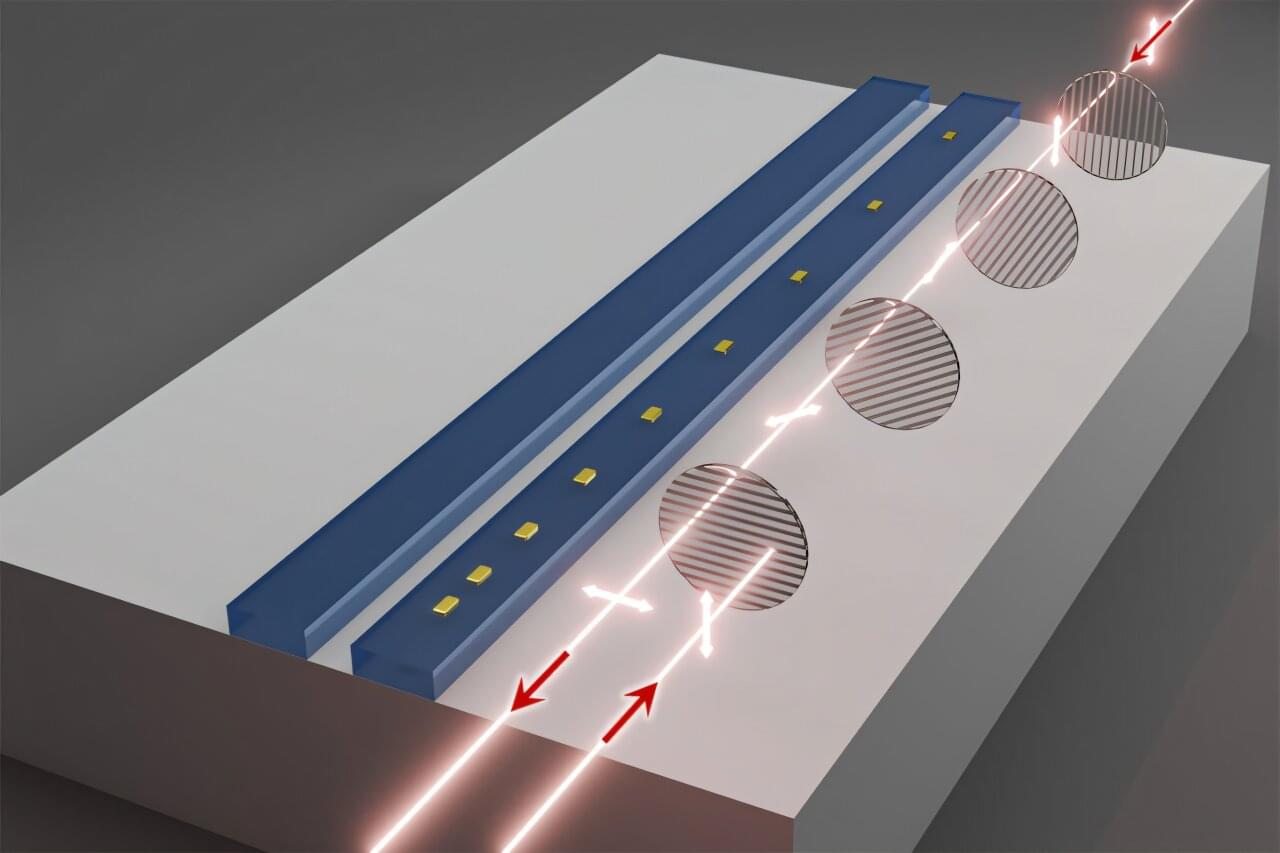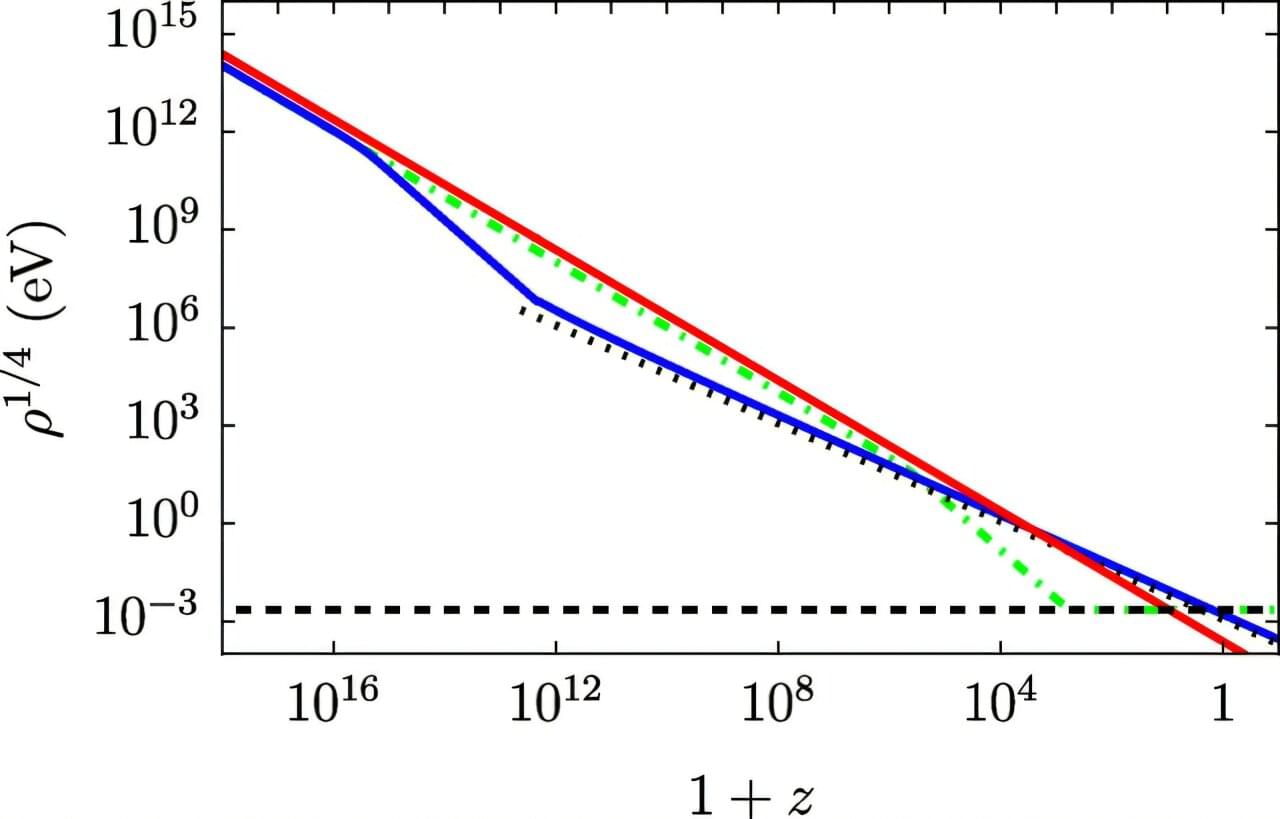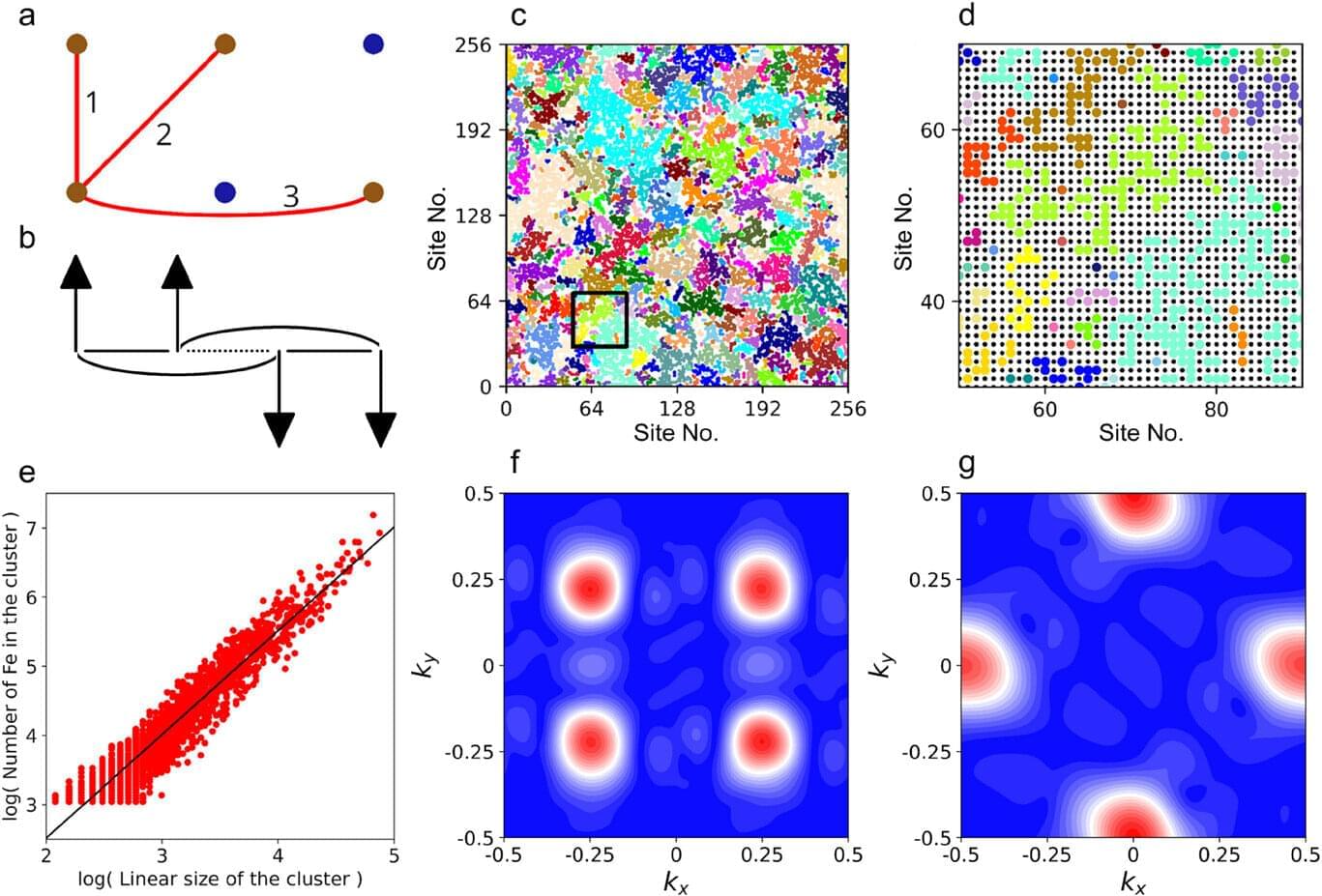Engineers at NASA’s Jet Propulsion Laboratory in Southern California have revived a set of thrusters aboard the Voyager 1 spacecraft that had been considered inoperable since 2004. Fixing the thrusters required creativity and risk, but the team wants to have them available as a backup to a set of active thrusters whose fuel tubes are experiencing a buildup of residue that could cause them to stop working as early as this fall.
In addition, the mission needed to ensure the availability of the long-dormant thrusters before May 4, when the Earth-bound antenna that sends commands to Voyager 1 and its twin Voyager 2 went offline for months of upgrades.









